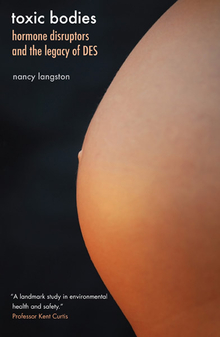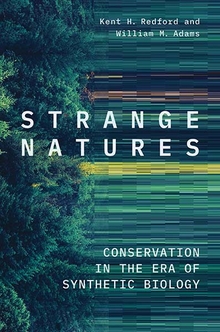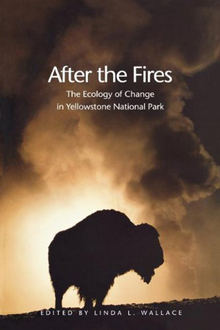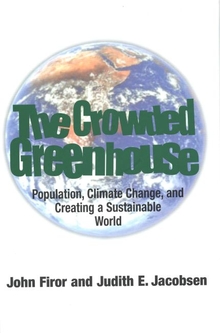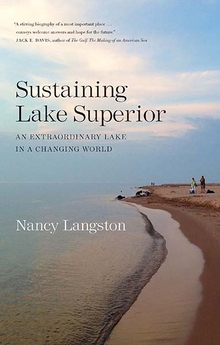Toxic Bodies
WARNING
You are viewing an older version of the Yalebooks website. Please visit out new website with more updated information and a better user experience: https://www.yalebooks.com
Hormone Disruptors and the Legacy of DES
Nancy Langston
Visit the author's website at toxicbodies.org.
In 1941 the Food and Drug Administration approved the use of diethylstilbestrol (DES), the first synthetic chemical to be marketed as an estrogen and one of the first to be identified as a hormone disruptor—a chemical that mimics hormones. Although researchers knew that DES caused cancer and disrupted sexual development, doctors prescribed it for millions of women, initially for menopause and then for miscarriage, while farmers gave cattle the hormone to promote rapid weight gain. Its residues, and those of other chemicals, in the American food supply are changing the internal ecosystems of human, livestock, and wildlife bodies in increasingly troubling ways.
In this gripping exploration, Nancy Langston shows how these chemicals have penetrated into every aspect of our bodies and ecosystems, yet the U.S. government has largely failed to regulate them and has skillfully manipulated scientific uncertainty to delay regulation. Personally affected by endocrine disruptors, Langston argues that the FDA needs to institute proper regulation of these commonly produced synthetic chemicals.
“Like [Rachel] Carson, Langston uses lively and even lyrical writing. . . to tell the story of the risks posed by synthetic compounds currently found in pesticides, pharmaceuticals and plastics, such as BPA.”--Shawn Doherty, The Capital Times
“I’ve just finished reading Toxic Bodies and I have to commend Nancy Langston on a superb and desperately needed new book. Wow! The story (and stories) she tells are staggering and informative and written in an accessible style. This is a landmark study in environmental health and safety. It’s also one of the finest combinations of the themes of gender, science, and the environment that I’ve seen in quite some time—I’ve already recommended it to colleagues and I’m sure it will find a home in many different environmental studies classrooms. Indeed, I intend to assign it in my Environmental History course in the spring semester.”—Professor Kent Curtis, Eckerd College
“In this fascinating and sometimes terrifying book, Nancy Langston traces the history of DES, one of the earliest endocrine-disrupting chemicals to be widely released into the environment...and into the bodies of human beings and other organisms. It is a cautionary tale with profound implications for all of us.”—William Cronon, author of Nature’s Metropolis: Chicago and the Great West and Uncommon Ground: Rethinking the Human Place in Nature
"An important and timely piece of work from a well-established scholar.”—Brian Donahue, Brandeis University
Publication Date: March 29, 2011
11 b/w illus.

